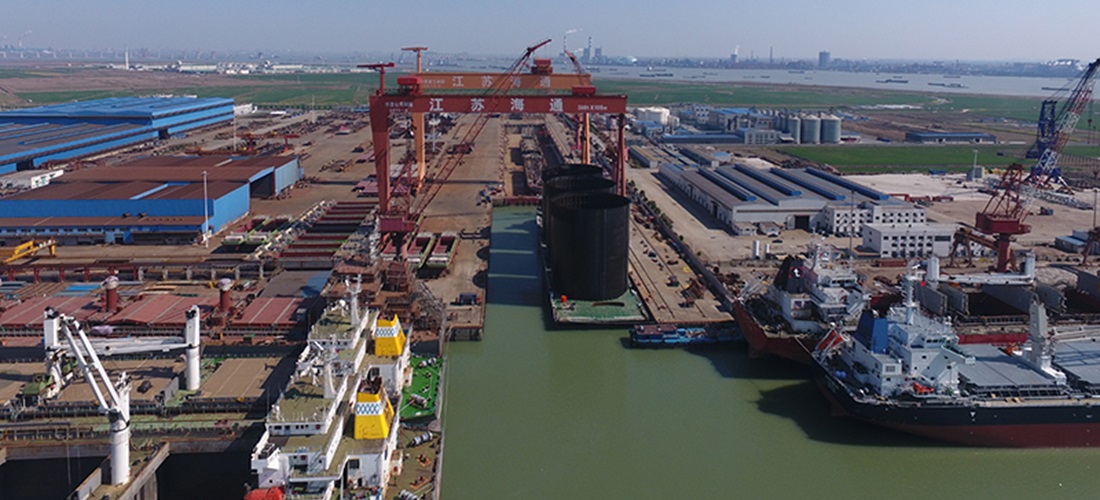
China Dominates Global Containership Construction as Korean Shipyards Face Decline
Dec, 19, 2024 Posted by Gabriel MalheirosWeek 202448
Chinese shipyards have solidified their dominance in the construction of containerships, commanding an impressive 68.5% of the global boxship orderbook capacity, according to Alphaliner.
This transformation marks a dramatic reversal from historical norms, with South Korea, the former industry leader, now holding just 23.3% of the market.
The change in rankings hasn’t been sudden. China first took the lead in 2015 with orders totaling 900,000 TEU, though those years saw relatively low overall activity.
“Currently, nobody can match the price advantage that Chinese yards can offer,” Alphaliner states, highlighting the fundamental shift in market dynamics.
The scale of China’s current dominance is particularly evident in 2024’s performance, with Chinese shipyards securing an impressive 3.61 Mteu in orders, dwarfing South Korea’s 0.66 Mteu, Alphliner figures show.
Japan remains a notable but smaller player in the sector, with yards like JMU and Imabari holding a modest 6.4% share of the containership orderbook.
Looking ahead, the industry landscape appears set for continued Chinese dominance, where strategic capacity expansion projects will create newbuilding slots extending as far as 2027 and beyond.
Although Korean yards will maintain a significant presence in building large mainline vessels, their market share continues to decline. Yet with the global orderbook at 8.68 Mteu—stretching into 2029 and even 2030—being second place still offers substantial opportunities, especially considering where other nations rank in the market.
Source: gCaptain
-
Ports and Terminals
Aug, 20, 2019
0
China wants to dredge the Paraná River
-
Ports and Terminals
Sep, 14, 2023
0
Portos RS and DockTech sign an unprecedented use-of-technology agreement, using Wilson Sons’ tugboats as data collectors
-
Ports and Terminals
Aug, 15, 2021
0
TCP breaks two consecutive records in ship operation
-
Nov, 21, 2018
0
Rio Grande do Sul furniture shipments increased by 26% in August

